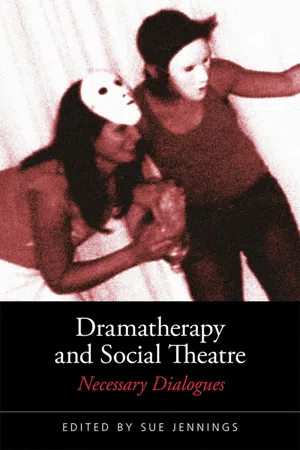Of the ‘social’
It is surprising to declare that there is no such thing as a ‘social’ context or a society providing the context in which everything is framed: ‘there is no social dimension of any sort, not “social context”, no distinct domain of reality to which the label “social” or “society” could be attributed’ (Latour 2005, p. 4). Such a thesis contradicts everything that sociologists have been fond of until now, positing the existence of a specific sort of phenomenon called ‘society’, ‘social order’, ‘social practice’ or ‘social structure’, a frame possessing specific qualities able to explain, reinforce, express, maintain, reproduce, or subvert what are believed to be ‘social’ phenomena, phenomena that cannot be grasped or explained by other disciplines. According to such an understanding, the social domain is a given; it does not only permeate other domains but also accounts for several dynamics—for example, relational or interactional—that take place in these domains. In such a mode of thinking, theatre—notably ‘social theatre’—can be practised in order to express, transform, integrate or subvert such ‘social’ dynamics or contexts.
Now, let’s see what if there is no given ‘social’ domain, indeed? What if there is no such thing as a society? If ‘social’ is not a glue that holds different elements together, but rather—according to this type of reasoning—is what is glued together by other types of connectors. In other words, social aggregates are not a given through which aspects of or dynamics in economics, linguistics, psychology, management and so on can be grasped, described or explained. Instead, social aggregates are rather resulting within the economic, linguistic, psychological or management sectors and should be described or explained by the specific associations provided by these sectors.
To the social theatre practitioner, these preoccupations will sound like hair-splitting debates, and maybe they are. Yet they have far-reaching consequences. One most important consequence is that if we conceive of the ‘social’ as a given entity we tend to see relationships, interactions and other ‘social’ expressions as given dynamics that result within the given ‘social’ entity. Hence, we concentrate our attention on these ‘social’ interactions before we concern ourselves with the types of connections between things that are not themselves ‘social’ and that exist within the mentioned domains, a much more fluid conception. Seeing the ‘social’ as a given entity with given dynamics is what social workers, counsellors, therapists and related professionals have been doing until now. They emphasize the importance of relations and interactions assuming that, if those are brought into harmony—for example through theatre practices—individuals and groups will function more appropriately.
In contrast to that, a view I would like to adopt here sees no given ‘social’ domain but only traces that are left by very specific movements that happen within particular types of connections between things that are not themselves ‘social’. The consequence of such a view is that it places the subject matter before the relationship. The ‘social’ emerges within contexts that are created through connections of elements that have no ‘social’ qualities in themselves. And hence, when intervening in such a context, we are concerned with tasks that aim at solving problems connected with the subject matter rather than with relationships. Through particular tasks, we create spaces that can become ‘social’. And this is precisely what theatre does. This is where theatre can deploy each ‘actor’ (human and non-human) so as to create spaces that allow for the ‘social’ to emerge. This is, indeed, the power hidden in theatre practices, as we discuss in Section 2 of this chapter.
Before I elaborate on these connections between assuming and solving tasks and the creation of spaces that let the ‘social’ emerge, I would like to invite the reader to have a look at what a ‘social’ group is, or can be, according to the view adopted here. Since the ‘social’ domain is believed to be peopled by ‘social’ groups, and social theatre is in some way related to ‘social’ groups, it seems necessary to take a closer look at these particular phenomena.
Of social groups
As the ‘social’ does not exist of and by itself, groups exist only by the traces they leave. As Latour points out, mapping the controversies in the formation of groups is more interesting and far reaching for the researcher of the ‘social’ than describing established connections since ‘group formations leave many more traces in their wake than already established connections which, by definition, might remain mute and invisible’ (Latour 2005, p. 31). Hence, visibility is the crucial point here, and, in order for the traces left by group formations to be visible, some items will always be present: ‘groups are made to talk; anti-groups are mapped; new resources are fetched so as to make their boundaries more durable; and professions with their highly specialized paraphernalia are mobilized’ to report about the groups (Latour 2005, p. 31). In other words, groups cannot be defined like other given objects through an ostensive definition but only through a performative one. Groups are made by the various ways and manners in which they are said to exist. This performative element supports group members and groups to ‘create’ and present themselves, to exist and to be visible. According to Latour ‘if you stop making and remaking groups you stop ha...
